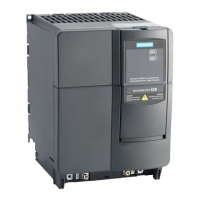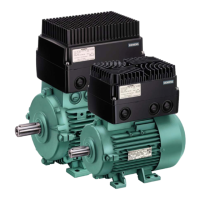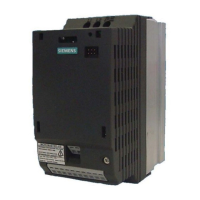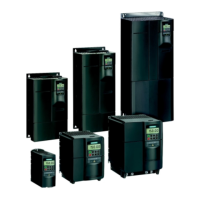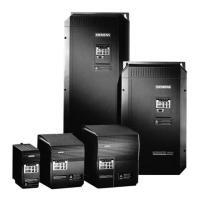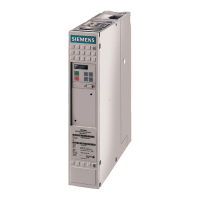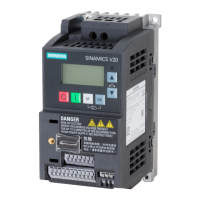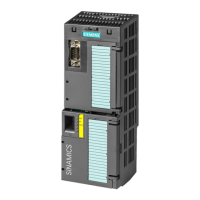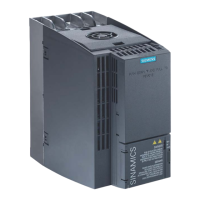Issue 01/05 General CANopen definitions
CANopen Option Module Operating Instructions
6SE6400-5BC00-0BP0
15
The COB IDs of the PDOs can be changed by changing the node address or by
writing into the communication objects. If the COB ID is changed in a
communications object, then this is only saved in the volatile memory. This means
that if the MICROMASTER drive unit is isolated from the supply voltage, these
settings are lost and, after run-up, must be re-set via the bus. If you wish to
permanently save the change to the COBID, then this must be written via the
CANopen object 1010H (refer to Section 3.1).
An object of the object directory is accessed via the SDO channel. However, the
communication objects (DS301) and the profile-specific objects of the drive profile
(DSP402) are saved in the object directory of the CANopen option module. In order
to be able to access additional objects in MICROMASTER, there is an SDO ->
parameter mechanism. In this case, it does not involve CANopen objects, as the
numbering of the sub-indices differs with respect to CAN-open (subindex 0 does
not contain the number of objects, but already the first object). However, the
objects from the parameter channel can, just like CANopen objects, be read and
written using SDO access operations - they are designated with a * in the following.
• Summary of Data transfer via CANopen
The messages associated with the CANopen option module can be sub-divided
into three major areas:
• Network management – this means starting and stopping the network as well as
cyclic node monitoring (using NMT commands)
• Process data – this means control words, setpoints, status information and
actual values (generally use PDO messages)
• Object data in order to read/write objects of the object directory or parameter
values of the drive converter/drive inverter (using SDO messages)
